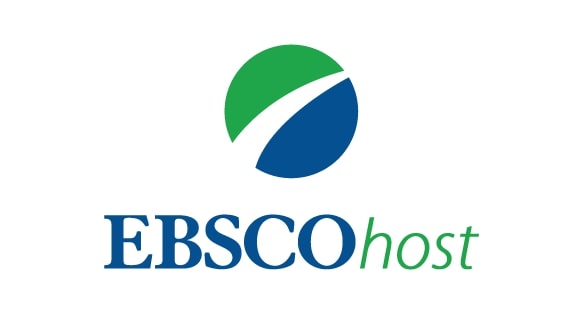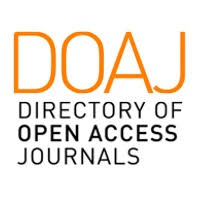ADJARIAN EMBROIDERY AND BLUE TABLECLOTH MAKING TECHNOLOGY AS MONUMENTS OF INTANGIBLE CULTURAL HERITAGE OF GEORGIA
DOI:
https://doi.org/10.52340/jo.2024.06.07.06Keywords:
Intangible Cultural Heritage, Traditional Embroidery, Blue Tablecloth, SouvenirAbstract
The UNESCO Convention for the Safeguarding of the Intangible Cultural Heritage defines intangible cultural heritage as “practices, representations, expressions, knowledge, skills – as well as the instruments, objects, artefacts and cultural spaces associated therewith – that communities, groups and, in some cases, individuals recognize as part of their cultural heritage.” This heritage, passed down through generations, evolves as communities respond to their environment, interact with nature, and process their history, fostering identity, continuity, and respect for cultural diversity. This article examines two distinct examples of Georgian intangible cultural heritage in craftsmanship: Adjarian embroidery and the “blue tablecloth.” Adjarian embroidery represents traditional knowledge and skills within craftwork. In contrast, the revived “blue tablecloth” maintains historical forms and appearances while employing modern manufacturing technologies. The study explores the history of Adjarian embroidery, international perspectives, and the manufacturing techniques of the “blue tablecloth” within the framework of intangible cultural heritage. These two cases demonstrate divergent paths of cultural preservation. The highland Adjarian women’s embroidery art has persisted into the 21st century without technological modification, reflecting both passionate dedication to the craft and commitment to preserving traditional techniques. Conversely, the “blue tablecloth,” originating in the late Middle Ages before being disrupted by historical circumstances, exemplifies successful innovation. Its revival through modern technologies based on ancient traditions has proven commercially viable while maintaining cultural significance.
Downloads
References
ლანჩავა ო., ჩუბინიძე ე., სულაბერიძე დ., ქარციძე ნ., სარავა ნ., დოღონაძე ა., მსხილაძე მ., უგრეხელიძე ი., ძველი ქართული ნაქარგობა წერილობით წყაროებში, არქეოლოგიურ მასალებსა და ხელოვნების ძეგლებში, ქუთაისი, 2017
[lanchava o., chubinidze e., sulaberidze d., kartsidze n., sarava n., doghonadze a., mskhiladze m., ugrekhelidze i., dzveli kartuli nakargoba ts’erilobit ts’q’aroebshi, arkeologiur masalebsa da khelovnebis dzeglebshi, kutaisi, 2017]
ხალხური რეწვა აჭარაში, ბათუმი, 2024 [khalkhuri rets’va ach’arashi, batumi, 2024]
Туризм в Социокультурном Пространстве Тюменского Региона, Тюмень, 2006
Downloads
Published
How to Cite
Issue
Section
License
Copyright (c) 2025 Niko Kvaratskhelia

This work is licensed under a Creative Commons Attribution-ShareAlike 4.0 International License.












